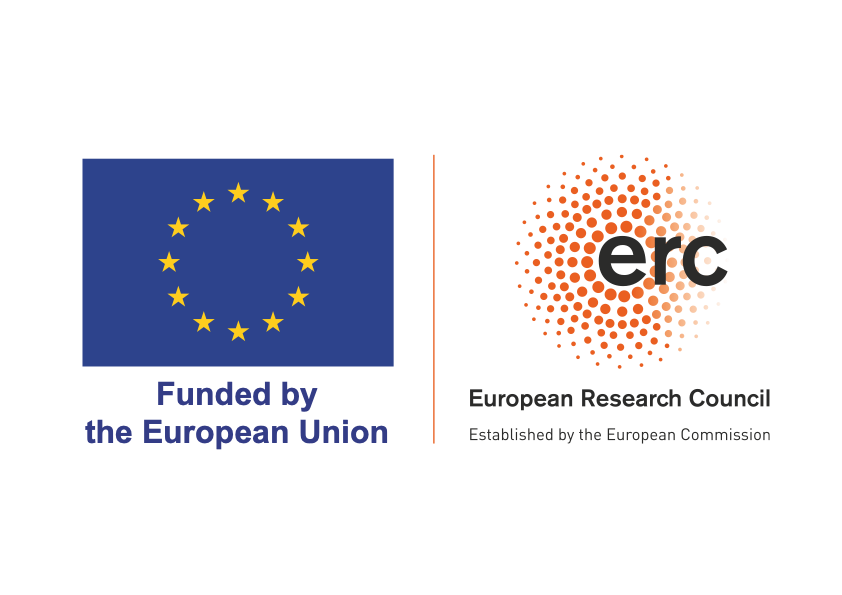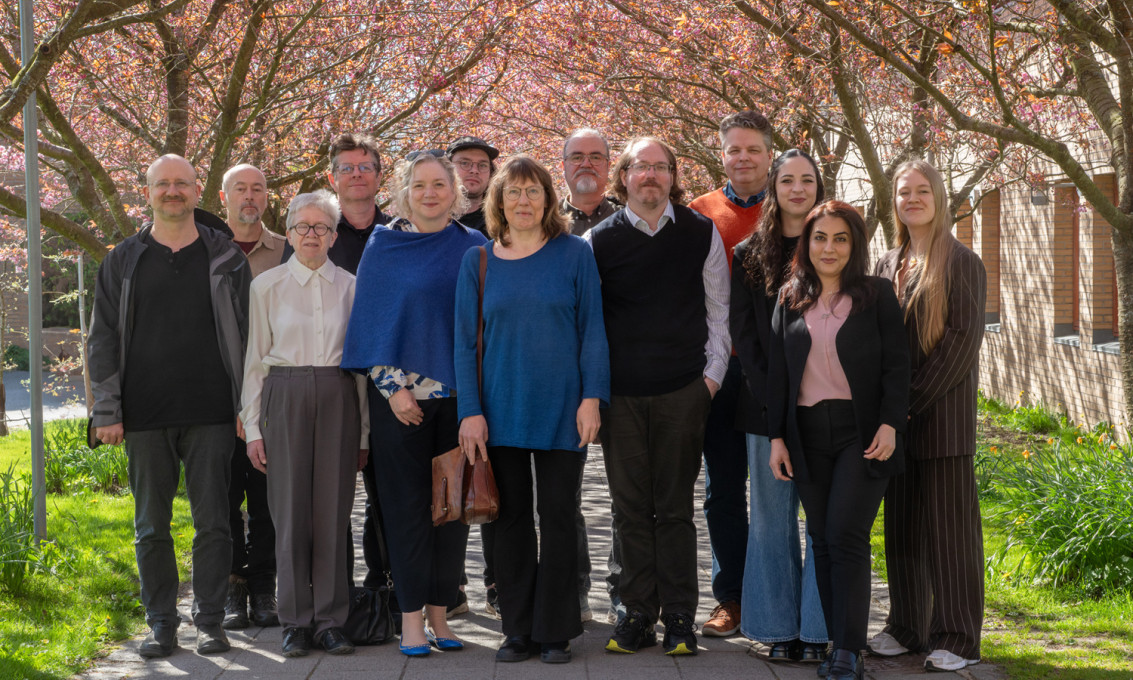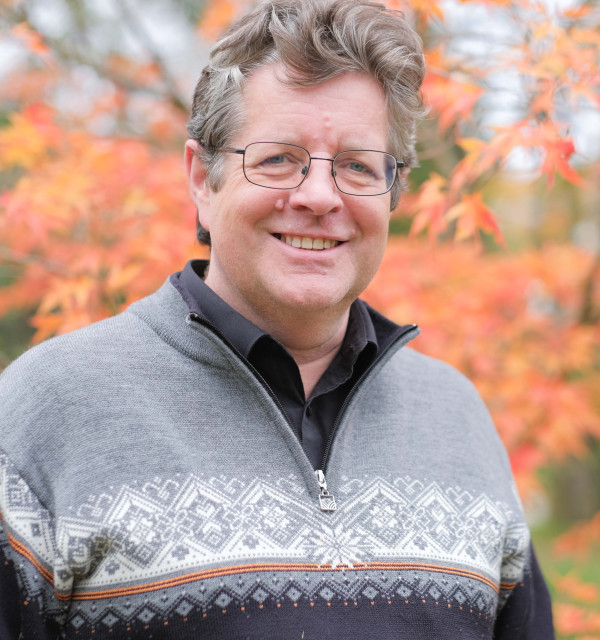LiTra is a five-year project financed by ERC, which started in January 2025. We study the early history of English, from its multilingual beginnings, with a new approach: identifying and mapping patterns of low-frequency variation in written documents.

Language is characterized by extensive (really massive) variation in all features at all times
The idea behind the project is that the study of low-frequency variation is crucial for understanding language change. The historical study of languages has always been based on the big events. However, we argue that the story is incomplete without the minor patterns: the infrequent forms that make up the great majority of all occurring linguistic variants.
The LiTra project aims to study low-frequency variation in English documentary texts of the late and post-medieval period. The English materials are of particular interest because of the highly multilingual context in which the language developed: an area inhabited by speakers of (at least) Celtic, Norse, West Germanic and Romance languages. They are also variable and plentiful enough to make possible a detailed study of minority forms.
The LiTra team will consist of postdoctoral researchers, PhD students and research assistants, as well as the project leader (Merja Stenroos), colleagues at the University of Stavanger and an international team of coworkers and advisors. We are housed on the Ullandhaug campus of the University of Stavanger, itself an area steeped in early history and facing the North Sea.
The LiTra project forms part of the Middle English Scribal Texts research programme at the University of Stavanger.
About the project and its team
News
The latest project news
Two postdoctoral fellowships the History of English Language/Corpus Linguistics were offered by the project (Deadline: 9th June 2025)
Contact us
Department of Cultural Studies and Languages
Department of Cultural Studies and Languages
Faculty Administration UH

Funded by the European Union. Views and opinions expressed are however those of the author(s) only and do not necessarily reflect those of the European Union or the European Research Council Executive Agency. Neither the European Union nor the granting authority can be held responsible for them.




